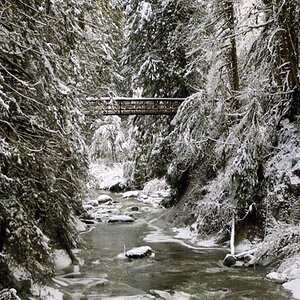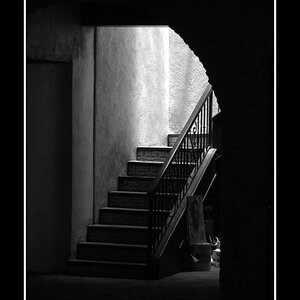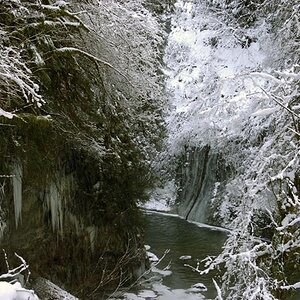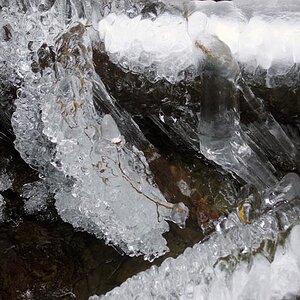Compaq
Been spending a lot of time on here!
- Joined
- Aug 29, 2010
- Messages
- 3,400
- Reaction score
- 657
- Location
- Norway
- Can others edit my Photos
- Photos OK to edit
Has anyone here done systematic testing of how the "strength" of the latent image reduces with time? I just read the following passage in "Radiochemistry and Nuclear Chemistry" (3rd ed, Choppin et al), which explains in short how film works and how long-lived a "nuclear latent image" is:
......"Nuclear emulsions are similar to optical photographic emulsions. They contain AgBr crystals embedded in gelatine to which small amounts of sensitizing agents have been added. The AgBr content is as much as four times (i.e. 80% AgBr) greater than in optical film. Also the crystals are much smaller (developed grain 0.1 - 0.6 um) and well separated. The emulsions come in thicknesses from a few um up to 1 mm. Nuclear radiation passing through the emulsion causes ionization and excitation which activates the AgBr crystals, producing a latent image of the particle path. Upon development the activated crystals serve as centers for further reduction of silver, leading to visible grains. It is assumed that at least 3 silver atoms must be activated to produce visible grain, while about 30 atoms are needed for normal blackening. Each activated grain seems to require about 2.5 eV to be absorbed on the average.
......While the memory effect of the developed film is almost infinite, this is not the case for the latent image which slowly fades, depending on the number of originally activated silver atoms, the film type and external conditions like temperature, humidity, etc. When stored under ambient conditions, about 80 % of the latent image disappears in half a year."
So, if photographic latent image shows the same degree of degradation over time, then I really need to start develop my films faster. Has anyone ever done some testing of this? With standardized exposure and development procedures, and equipment to estimate silver density on the negative, it should be possible to see a degradation trend by plotting Ag density as a function of storage time.......While the memory effect of the developed film is almost infinite, this is not the case for the latent image which slowly fades, depending on the number of originally activated silver atoms, the film type and external conditions like temperature, humidity, etc. When stored under ambient conditions, about 80 % of the latent image disappears in half a year."


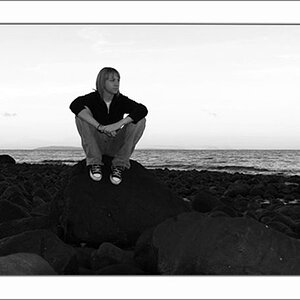

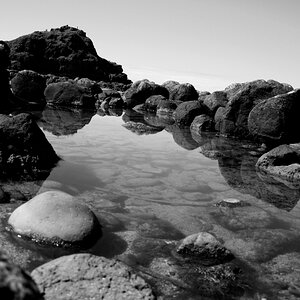
![[No title]](/data/xfmg/thumbnail/37/37492-bafc92488a1ab17e4ca6603ee5b38376.jpg?1619738112)

